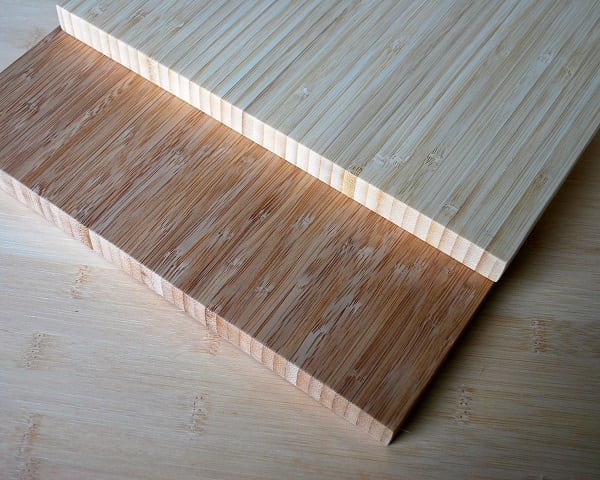About Bamboo
Working with Bamboo
Whatever you can do with a hardwood, you can do with bamboo. A comparison would be similar to working with Cherry. It won’t split like wood, as the grain is more linear, but you can chip off pieces if you get too big of a bite with a router. It’s very hard so it will dull blades and bits quicker. Due to the tightness of the grain, we suggest pre-drilling screw holes before running screws in for hinges and such. When planing material, you may experience some chip out at the nodes if you try to take off too much at one time. With a little caution, there’s shouldn’t be any major surprises.
Bamboo Finishing
Standard finishing practices work well with bamboo. Water borne polys over a sanding sealer work well. Lacquers and oil-based polys like Seal-a-Cell also work well. Bamboo will stain differently than wood. Better safe than sorry. Always try any finish you buy on a scrap piece first.
Bamboo Storage
Your bamboo panels and lumber will require the same protection from the elements as your other wood products. If you have room you should just leave it wrapped up until you are ready to use it and laying flat would be best. If you have sheets that have been unwrapped, storing them flat with another wrapped sheet resting on top or get some plastic sheeting to cover it with.

